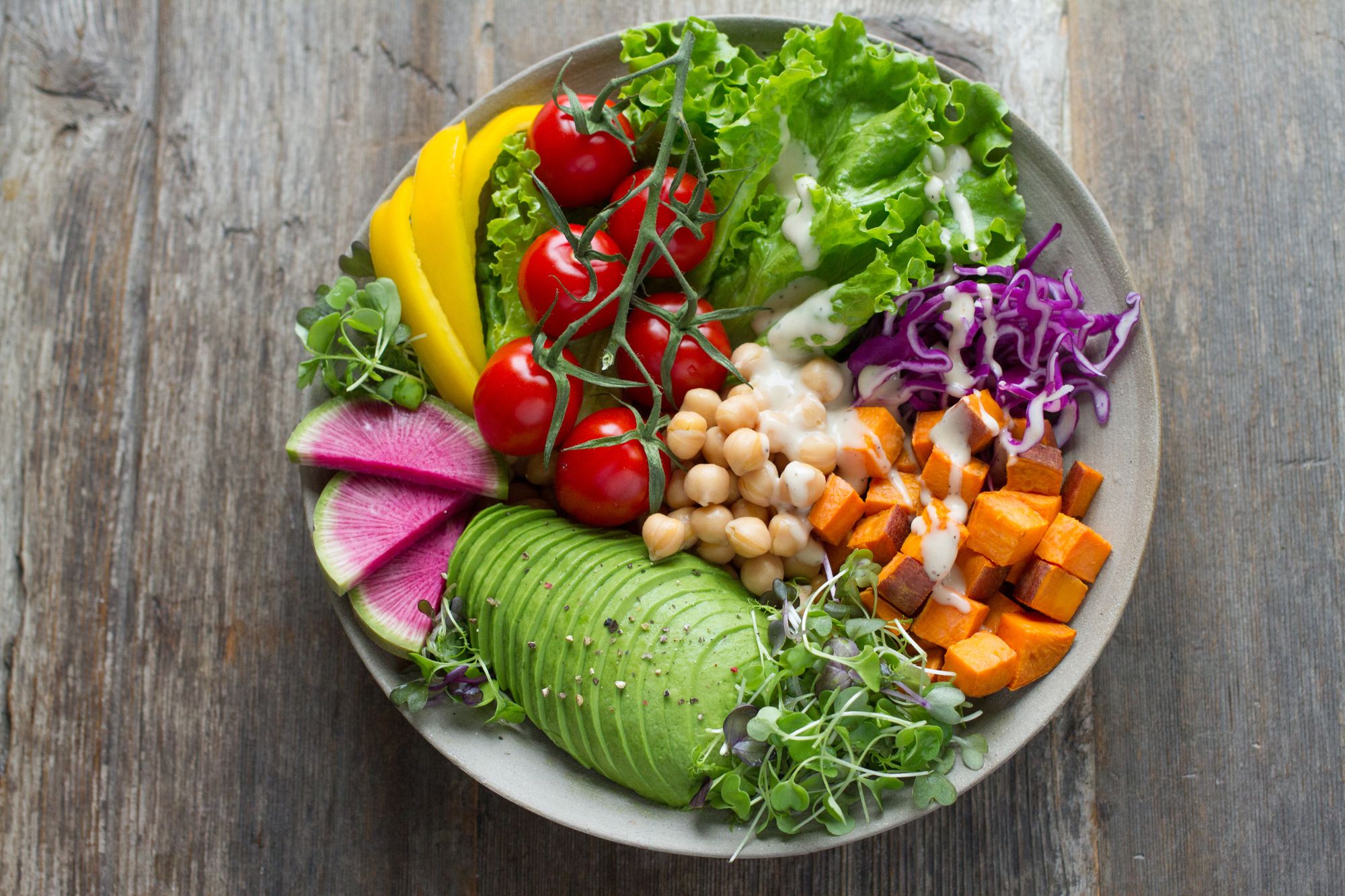While it’s definitely important to be conscious of what you’re eating - how you’re eating is just (if not more) important.
Here’s where the concept of “mindful eating” comes into play, which is really just about being entirely present and aware of your body, mind and soul - before, during, and after meals. On top of this, if you layer in recommendations based on your genetics, then you’re on track to take full advantage for your body.
Mindful eating is truly a practice, just like how you practice mindfulness, you practice mindful eating.
It all comes down to listening - and then responding consciously and kindly to your body’s internal signals.
We live in a world with seemingly never-ending and downright confusing diet rules and restrictions. As we start to incorporate these ‘diets’ into our approaches with food, we start to lose touch with what it is that our bodies really need moment to moment. It turns out one type of diet doesn’t necessarily work for everyone. Every individual has unique needs.
Practicing mindful eating can help you regain comprehension of those feelings: “Am I hungry?” “Am I full?” You’ll be surprised at how difficult it can be at first - but also at how fast you can become a master of it. There’s a lot of science behind this too. Appestat is a part of our hypothalamus that controls our feelings of hunger. When you experience a craving it is this region that is activated. When we eat, the body sends messages to the appestat which in turn reduces hormone secretion to make us feel full. If you are overweight, the appestat is broken and isn’t signaling properly, and it in turn suppresses your desire to exercise, compounding the situation. Do you see where I’m going with this?
How does all of this translate into weight-loss, increased energy, and better sleep?
Let’s say for example that you have a certain variant of the gene FTO. You are as a result more likely to be hungry when you eat carbs, and less so when you eat proteins. So you would substitute your simple carbs with foods high in protein.This ensures that you have a pathway to lose weight by consuming proteins and feeling fuller, rather than feeling hungry all the time and overloading on carbs.
Similar to the benefits of meditation, practicing mindful eating can help bring your entire body (& it’s internal systems) back into a state of balance - otherwise known as “homeostasis”.
Rather than operating in “fight or flight” mode, which makes it nearly impossible to properly digest and thus assimilate the nutrients we need to thrive, mindful eating helps us get back into a “rest and digest” state. This means that we’re not only able to utilize the food we do take in more efficient (hello: more energy!), but it also means we’re more likely to STOP when we’re adequately satiated - because we’re able to listen and respond accordingly.
This also forms the core of intermittent fasting practice. You fast for 15-16 hours so that it primes your body to go into ketosis and ensures that any food you consume if fully metabolized. Lastly, the more we help our bodies return to a state of equilibrium - the better it supports a healthy fluctuation of cortisol levels throughout the day - and the easier it gets to naturally and quickly fall asleep at night.
So how do we do it?
Mindful eating truly is as simple as it is sounds - but that doesn’t mean it can’t be difficult in the moment.
Here are a few of my favourite strategies to really help you get present at mealtimes:
● Focus - don’t multitask. Put down your phone, turn off the TV, and tune into exactly what you’re doing...eating! Enjoy the entire experience rather than trying to couple (or quadruple) it with other activities to maintain your speed-of-light schedule.
● Eat slower. Chew, chew, chew! Try chewing each bite for 15-20 times before swallowing. This helps to get your digestive juices flowing which in-turn optimizes your digestion.
● Plate your food. Rather than eating out of the big black hole that is your chip bag, try to be diligent about placing your food on a serving plate and seeing the portion with your own eyes before you dig-in. This empowers you to be more conscious of how much you’re (possibly) going to eat, and you can make a more informed decision as to whether or not you choose to opt for seconds (which is totally fine if you’re indeed still hungry!).
● Pick foods optimal for your genes with Gini. Some foods are more beneficial for your genetic makeup. You can use Gini’s lens to find foods full of beneficial nutrients while shopping or eating out. This helps reduce inflammation, binging on carbs and ensures that you don’t have any nutrient deficiencies.
Try not to see the above as hard and fast “rules”, but rather, little hacks and further opportunities to enjoy the fine art of enjoying a meal for all it’s worth! Your body, mind, and overall health will thank you in return.
Guest Blog Post By: Kiki Athanas

Kiki Athanas is the Founder of Me by Kiki™ - a lifestyle brand driven by the desire to share her experience and knowledge in the health & wellness world by offering content and products delivering on the deeply individual wellness needs of millennial women.
You can follow Kiki on Instagram @mebykiki or check out her site MeByKiki.com.



